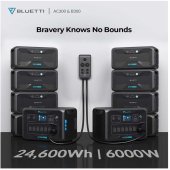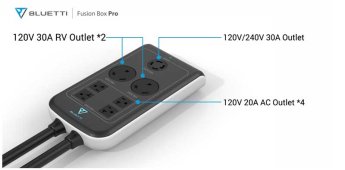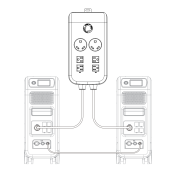I don't think it's a problem at all. There is no exposed case on these units, and it's a floating system. It is only considered "reverse polarity" when using the other receptacles as a reference as to what "hot" and "neutral" is considered. It's alternating current though, so it doesn't matter. What does matter is if the reference potential of grounding conductors across ac outputs is bonded. And after testing this five seconds ago, they are. So I don't see any safety issue either.
Are you saying these products purposely have one receptacle that is wired differently than the others on the same device?
This is the normal way where there should be no potential difference (0V) and indeed almost no resistance between the Neutral and Ground and the Neutral and Ground are bonded (i.e. physically connected together) at the main source / breaker panel.









